The following is a professional guide to interpreting foot scanner measurement data, combining 3D modeling with clinical assessment criteria:
I. Key Points for Interpreting Core Data
Arch Morphology Analysis
Normal arch: Medial longitudinal arch angle 113°-130° (angle measured from the lowest point of the calcaneus, head of the talus, and first metatarsal bone).
Flat foot: Medial longitudinal arch angle > 130° and lateral longitudinal arch > 150° (measured in the weight-bearing position).
High-arch foot: Abnormally elevated arch with concentrated plantar pressure points (judgment requires reference to the 3D model color scale).
Foot Type Classification
Egyptian foot: Longest big toe, with linearly decreasing length. Shoes with oblique/square toes.
Greek foot: Second toe longer than big toe. Shoes with pointed toes.
Roman foot: First three toes of similar length. Round-toed shoes/wide-last shoes
Biomechanical abnormality indicators
Hallux valgus: Hallux valgus angle >15° (normal range 0°-10°)
Foot valgus: Abnormally increased calcaneal inclination angle (3D model shows arch collapse)
Example of 2D and 3D report analysis
▲ Typical Scan Report Diagram
Yellow dashed line: Arch height curve (collapse suggests flat feet)
Blue markers: Achilles tendon center and metatarsal key points (used for gait analysis)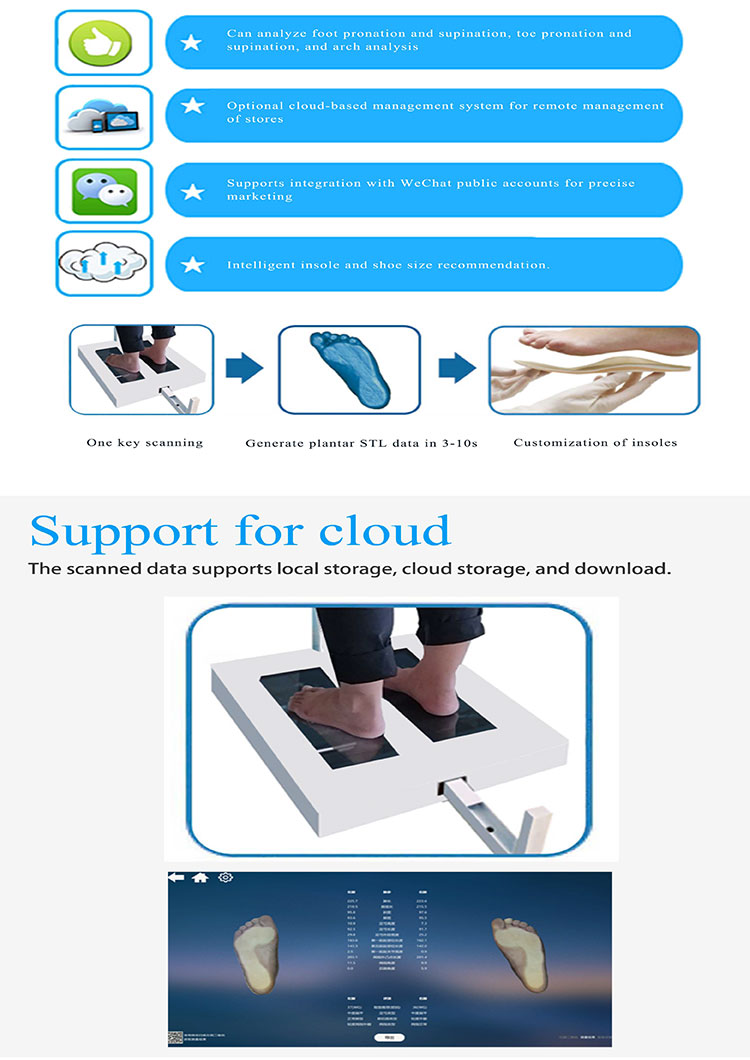
III. Key Points for Clinical Diagnosis
Data Validation Standards
A rescan is required if the difference compared to the historical database is greater than 15%.
Measurements must be made in the weight-bearing position (sitting data are invalid).
Comprehensive Assessment Recommendations
For suspected flat feet, the talar-first metatarsal angle should be measured in conjunction with an X-ray.
Sports Injury Risk Prediction: A forefoot pressure ratio greater than 40% indicates a need for enhanced cushioning.
Customized insoles require arch width and first metatarsophalangeal joint height data.
Key Note: A single scan cannot directly diagnose foot problems. A comprehensive assessment by a rehabilitation physician, combined with gait analysis and imaging, is required. Before scanning, ensure the soles of the feet are clean and dry, and that weight is evenly distributed when standing.

 +86-0755-86131192
+86-0755-86131192 2025-08-11
2025-08-11 Back to list
Back to list
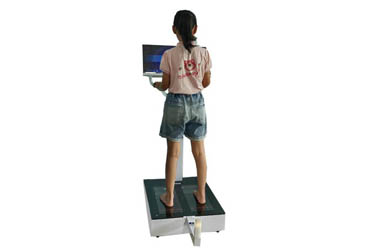
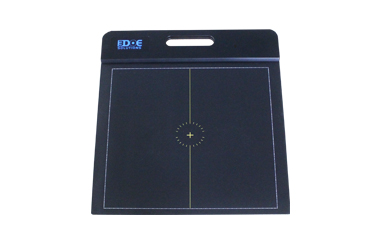

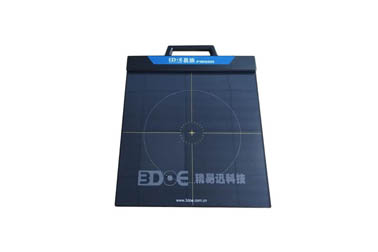
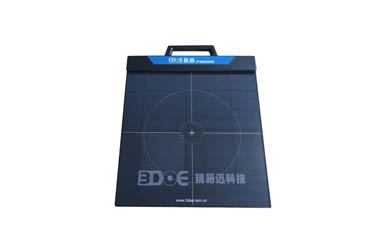



 +86-0755-86131192
+86-0755-86131192